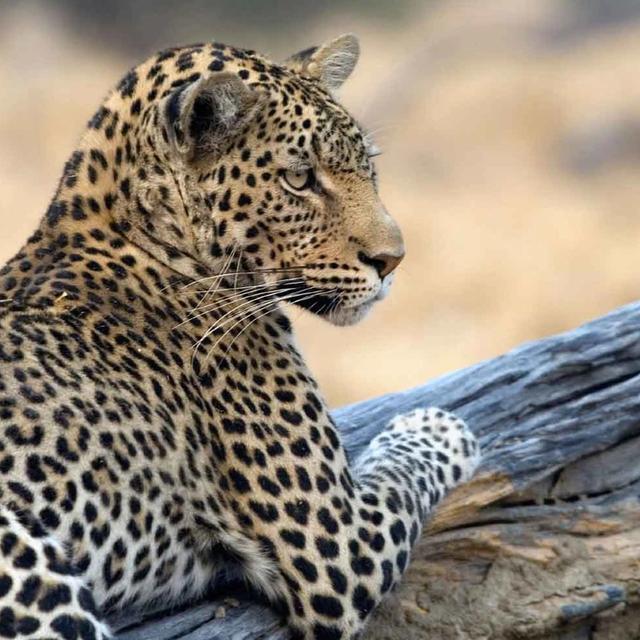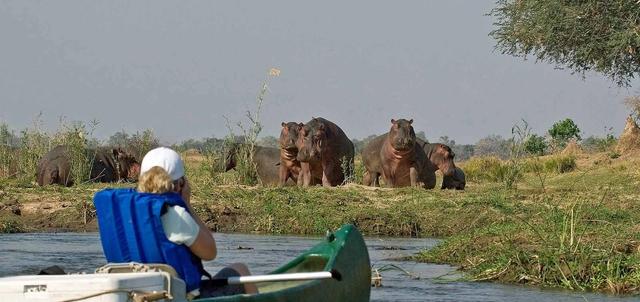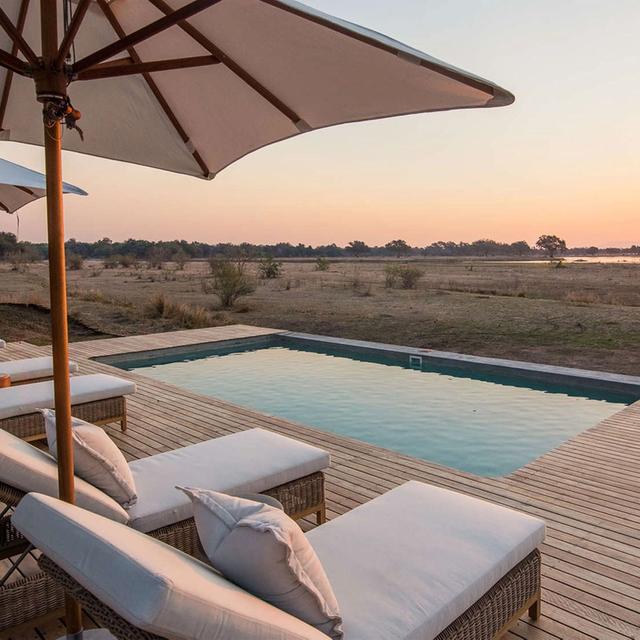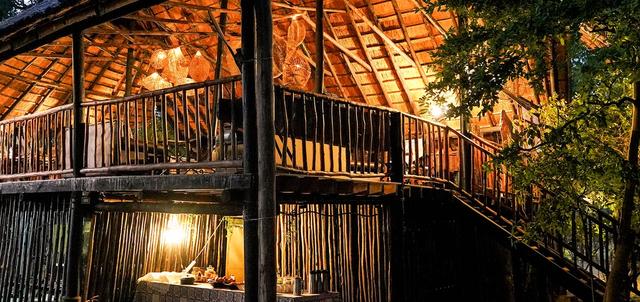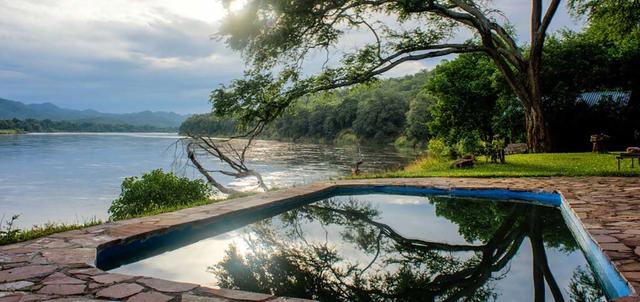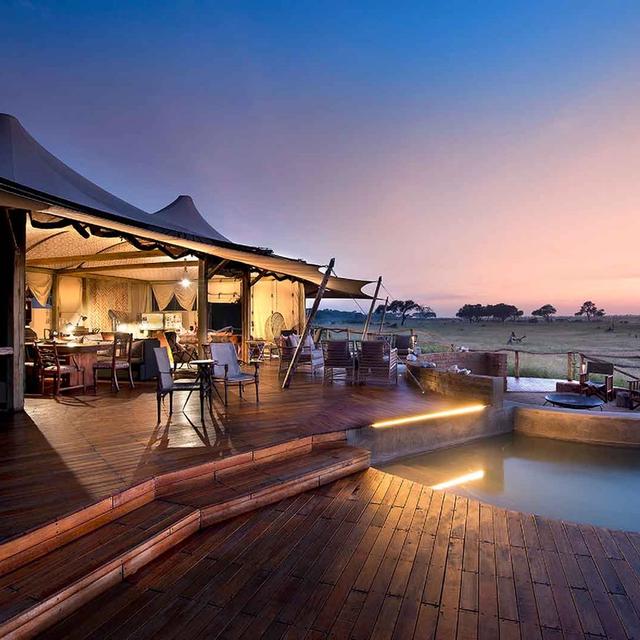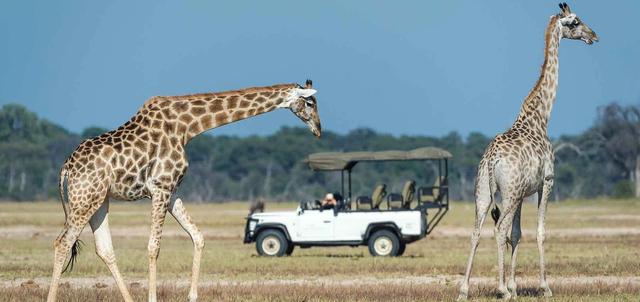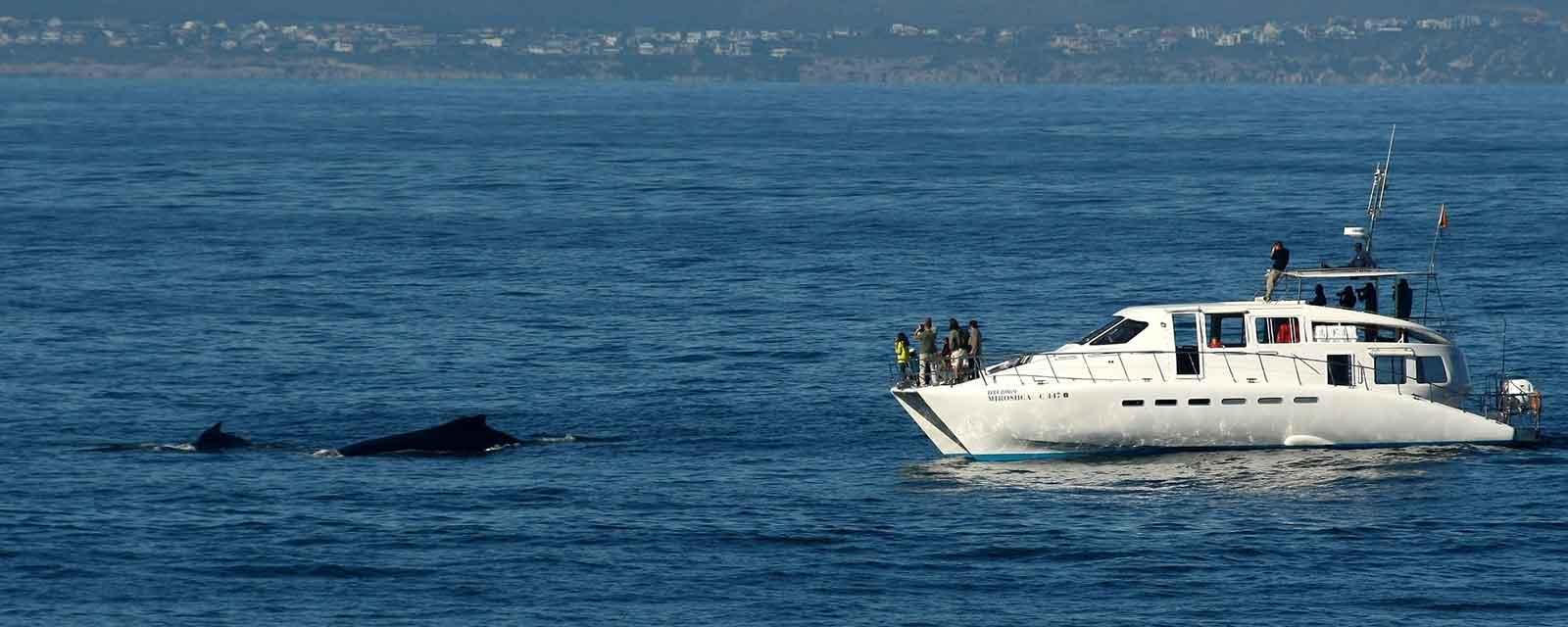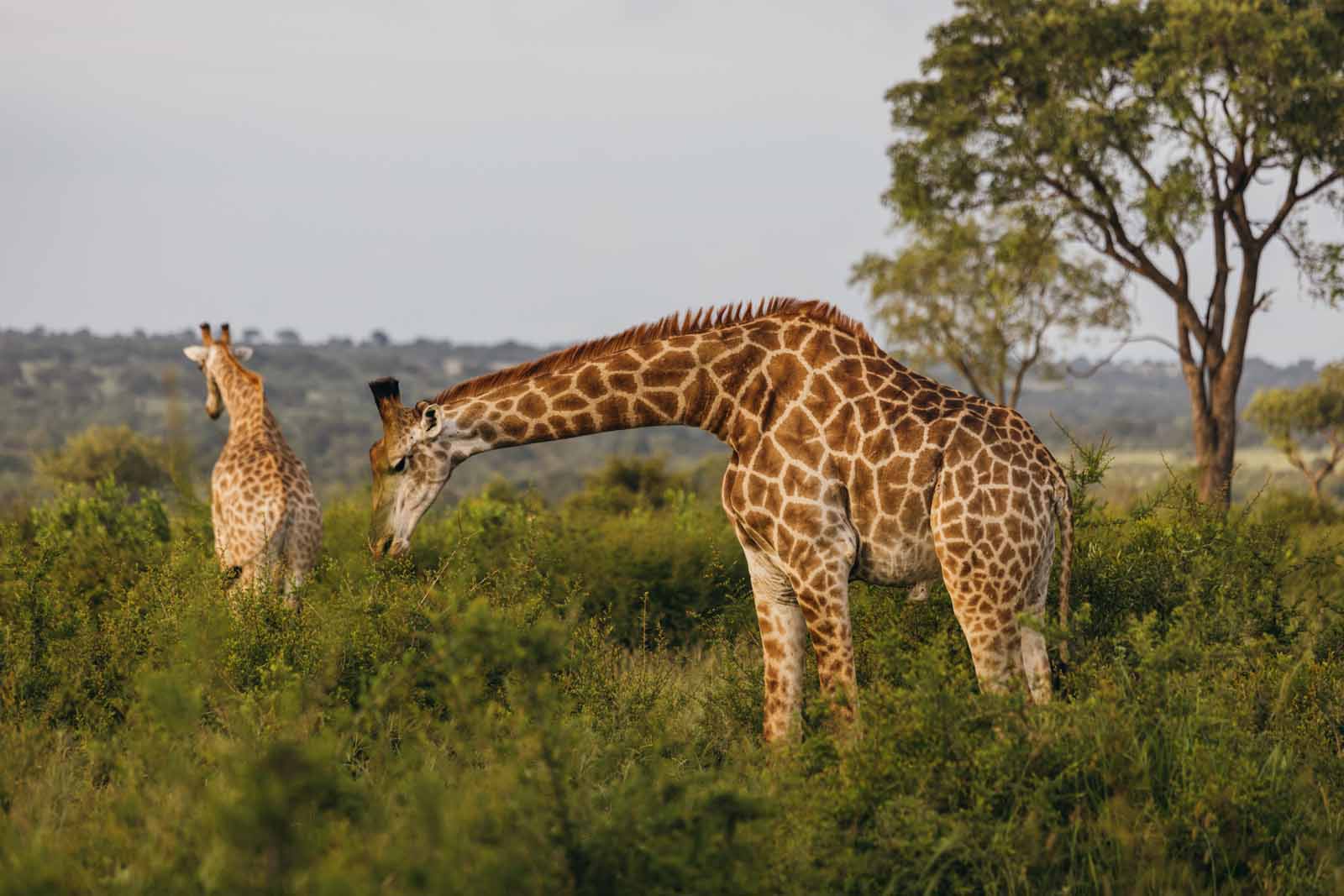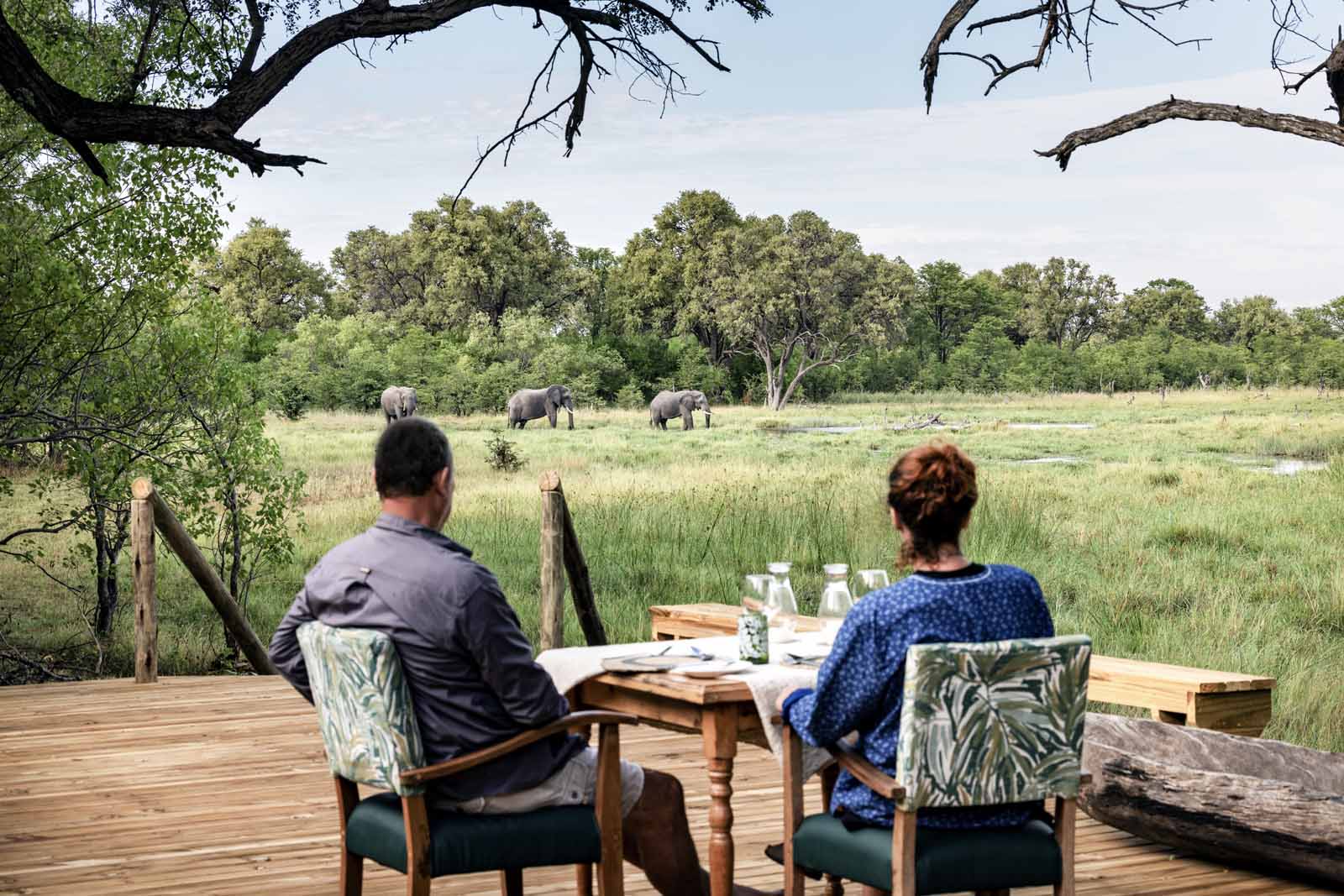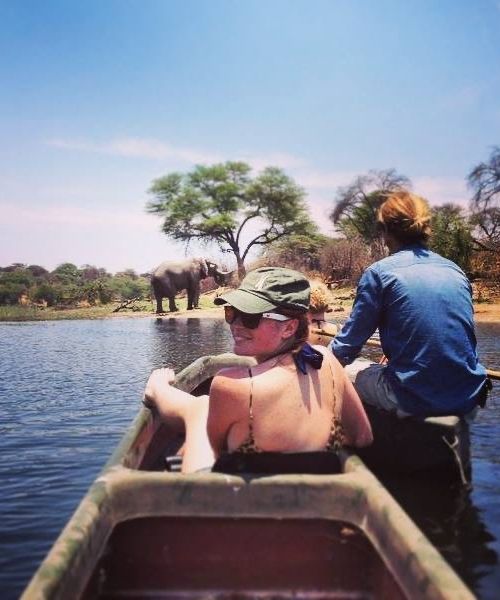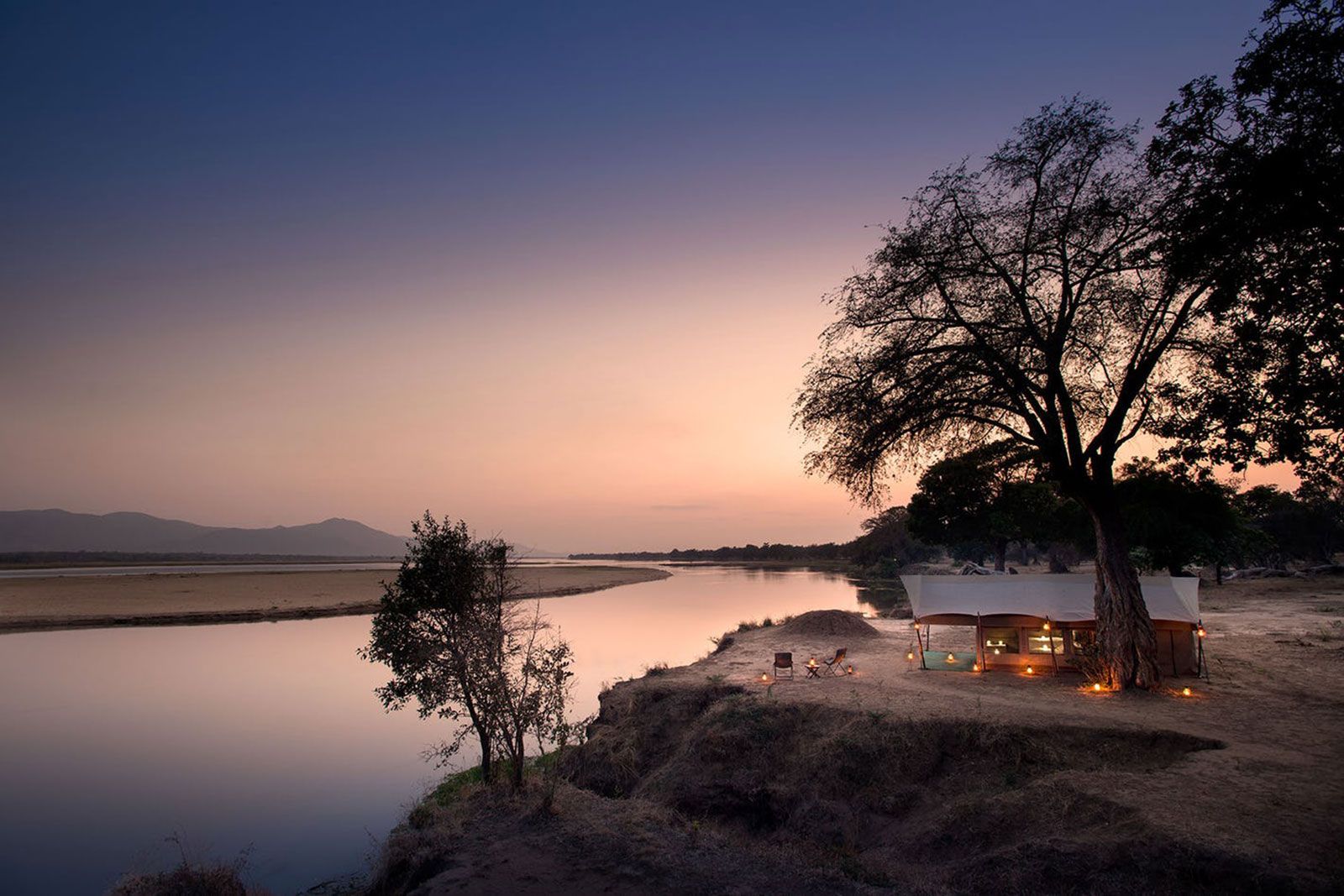
Camp Chitake
Found in the southern part of Mana Pools National Park at the Chitake Spring, close to the bottom of the Zambezi Escarpment. No facilities are provided at these camps, and only four wheel drive vehicles can access these camp sites.
Camp Chitake Highlights
Camp Chitake is located in the southern part of Mana Pools National Park at the Chitake Spring. Visitors check in for these camps at the Nyakasikana Gate. No facilities at all are provided at these camps, and only four wheel drive vehicles can access these camp sites. The Spring is a hidden gem nestled deep in Mana Pools National Park. The Chitake Spring is an area of crucial importance to a great variety of wildlife occurring in this southern part of Mana Pools National Park. Enjoy relaxing and watching the game which is plentiful in the park, or take part in the many activities on offer such as fishing, lion tracking, and canoeing.
- True Africa camping experience without the provision of modern convenience facilities.
- Only accessible via 4X4.
- As the river dries up, Chitake Spring becomes the vital source of water for the wildlife in the region.
- Ultimate Mana Pools camping experience.
Camp Chitake Game Viewing and Activities
The Chitake Spring is an area of crucial importance to a great variety of wildlife occurring in this southern part of Mana Pools National Park. Water flows strongly out of the ground and flows for up to a kilometre along the otherwise dry riverbed of the Chitake River. The Chitake River rises in the Zambezi Escarpment on the very southern boundary of the Park, and connects with the Ruckomechi River, which in turn snakes across the valley floor to the mighty Zambezi, 70 kilometres away. Once the rains have begun properly, there is a torrent of water flowing in these systems but that generally dries up by April. As more of the surrounding waterholes dry, the spring becomes the focus of survival to hundreds of thousands of creatures. The high and rugged escarpment is only 8 km away but game has to come down from the hills for water. The mixed Mopane, Combretum and Acacia woodlands of the vast valley floor are home to many thirsty animals. As the dry season progresses the concentrations of wildlife increase, accompanied by huge flocks of doves, starlings, lovebirds, sparrows, finches, hornbills and sand grouse.
